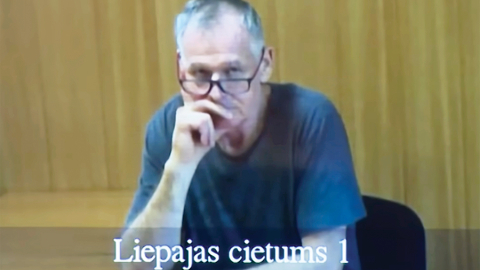
Ilustrējošs attēls no pixabay.com
No massive overheating, but the signs are very visible that some overheating is about to take place
2004 - 2007 will not repeat itself 100% (there is no credit bubble at the moment, for instance) but the signs of a "2005-light" keep coming in so I will insist on arguing that some overheating is awaiting us and more action should be taken to avoid this. So, in addition to my previous piece, some more data.
Firstly, Figure 1: Its main message is one we are all very aware of: That the population from which we can draw workers is sinking, sinking, sinking and will continue to do so for many years. In other words, the labour force will be relentlessly squeezed.
Figure 1: Latvian population aged 15 - 74 (POP), labour force in that age group (LF) and people employed (EMPL) aged 15 - 74, all in 1000s













